Description
Understanding 4-MMC-MeO HCl: Uses, Effects, and Safety Considerations
In the ever-evolving world of chemical research, new compounds continually emerge, each with unique properties and potential applications. One such compound is 4-MMC-MeO HCl. This article delves into the details of Mexedrone, exploring its uses, effects, and safety considerations.
What is 4-MMC-MeO HCl?
4-MMC-MeO HCl, also known as 4-methoxymethylmethcathinone hydrochloride and Mexedrone hcl, is a synthetic cathinone. Synthetic cathinones are a class of psychoactive substances chemically similar to cathinone, a natural stimulant found in the khat plant. These compounds are often referred to as “bath salts” in the recreational drug market.
Chemical Structure and Properties
The chemical structure of Mexedrone is closely related to other well-known synthetic cathinones such as mephedrone (4-MMC). The addition of a methoxy group to the 4-position of the phenyl ring differentiates it from its counterparts, potentially altering its pharmacological profile.
– Chemical Formula: C11H15NO2 • HCl
– Molecular Weight: 233.7 g/mol
The hydrochloride (HCl) form enhances the compound’s stability and solubility in water, making it easier to handle and utilize in research settings.
Potential Uses of 4-MMC-MeO HCl
Research Applications
In scientific research, Mexedrone is primarily used as a tool to study the effects of synthetic cathinones on the central nervous system. Researchers investigate its interaction with neurotransmitter systems, particularly dopamine and serotonin, to understand its potential impact on mood, behavior, and cognition.
Medicinal Chemistry
Although Mexedrone is not currently approved for medical use, its structural similarity to other psychoactive substances makes it a compound of interest in medicinal chemistry. Researchers explore its potential therapeutic applications, including the development of new treatments for neurological and psychiatric disorders.
Effects of 4-MMC-MeO HCl
Psychoactive Effects
As a synthetic cathinone, Mexedrone is believed to produce stimulant effects similar to those of other compounds in this class. Users may experience increased energy, heightened alertness, and euphoria. However, due to limited research, the exact psychoactive profile of Mexedrone remains under investigation.
Mechanism of Action
The mechanism of action of Mexedrone involves the modulation of neurotransmitter activity in the brain. Like other synthetic cathinones, it is thought to increase the release and inhibit the reuptake of dopamine and serotonin, leading to an accumulation of these neurotransmitters in the synaptic cleft. This results in the stimulation of the central nervous system and the associated psychoactive effects.
Safety Considerations
Legal Status
The legal status of 4-MMC-MeO HCl varies by country. In many jurisdictions, synthetic cathinones are classified as controlled substances, making their production, distribution, and possession illegal. Researchers must ensure compliance with local regulations when handling this compound.
Health Risks
The use of Mexedrone, particularly outside of a controlled research setting, poses significant health risks. Potential adverse effects include cardiovascular complications, neurotoxicity, and psychological disturbances such as anxiety, paranoia, and hallucinations. Due to the lack of extensive research, the long-term health effects of Mexedrone are not well understood.
Best Practices for Handling
For researchers working with Mexedrone, adhering to stringent safety protocols is crucial. This includes using personal protective equipment (PPE), conducting experiments in a well-ventilated fume hood, and following proper disposal procedures for chemical waste. Additionally, researchers should be trained in handling hazardous substances and familiar with emergency procedures in case of accidental exposure.
Conclusion
4-MMC-MeO HCl is a compound of significant interest in the realm of chemical research due to its potential psychoactive effects and structural similarities to other synthetic cathinones. While it holds promise for advancing our understanding of neurotransmitter interactions and potential therapeutic applications, caution is paramount. Researchers must navigate legal regulations and prioritize safety to mitigate the risks associated with this potent chemical.
As research continues, our knowledge of Mexedrone will expand, shedding light on its full range of effects and potential uses. Until then, it remains a subject of scientific curiosity and careful study.

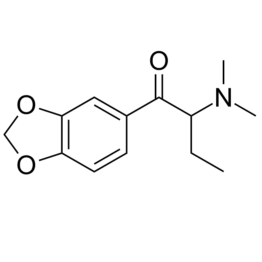

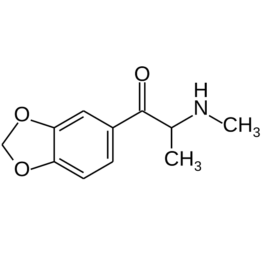
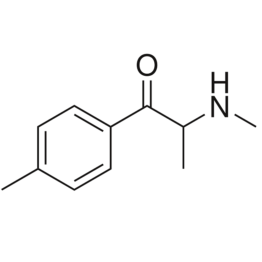

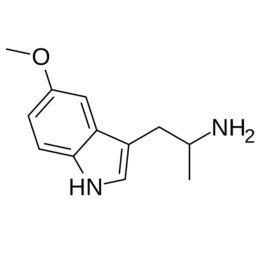
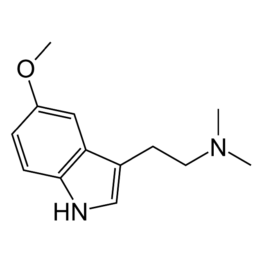




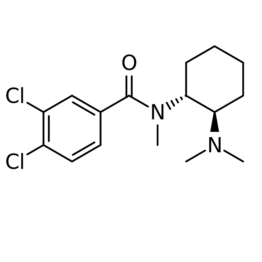
Karen Williams –
Super friendly & lovely service, just like last time!
Your site was being worked on and so I spoke with a charming CSR over the phone! Grateful & happy to be able to order from your store and will continue to do so!